I have my database design as per the diagram.
Categorytable is self referencing parent child relationshipBudgetwill have all the categories and amount define for each categoryExpensetable will have entries for categories for which the amount has been spend (considerTotalcolumn from this table).
I want to write select statement that will retrieve dataset with columns given below :
ID
CategoryID
CategoryName
TotalAmount (Sum of Amount Column of all children hierarchy From BudgetTable )
SumOfExpense (Sum of Total Column of Expense all children hierarchy from expense table)
I tried to use a CTE but was unable to produce anything useful. Thanks for your help in advance. :)
Update
I just to combine and simplify data I have created one view with the query below.
SELECT
dbo.Budget.Id, dbo.Budget.ProjectId, dbo.Budget.CategoryId,
dbo.Budget.Amount,
dbo.Category.ParentID, dbo.Category.Name,
ISNULL(dbo.Expense.Total, 0) AS CostToDate
FROM
dbo.Budget
INNER JOIN
dbo.Category ON dbo.Budget.CategoryId = dbo.Category.Id
LEFT OUTER JOIN
dbo.Expense ON dbo.Category.Id = dbo.Expense.CategoryId
Basically that should produce results like this.

